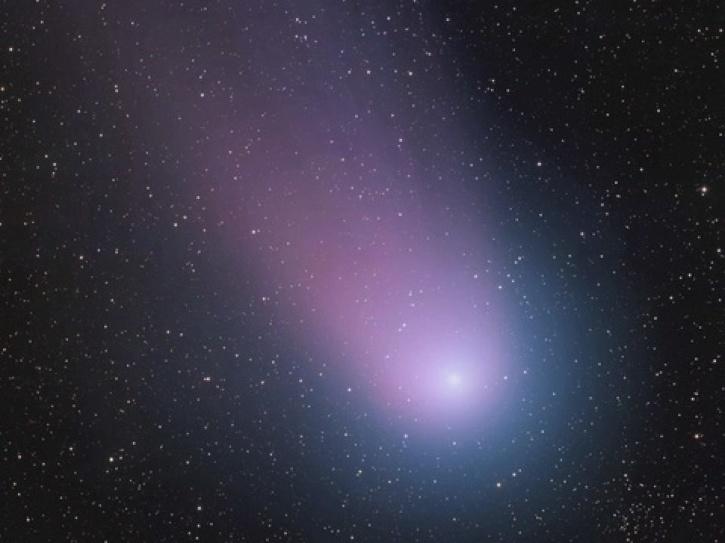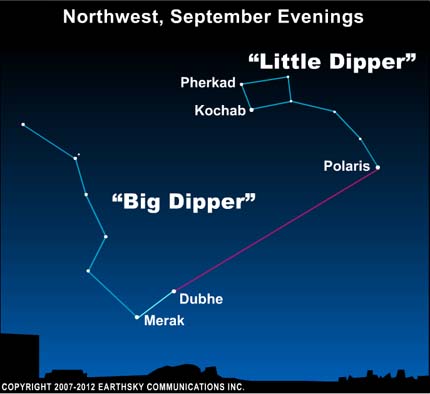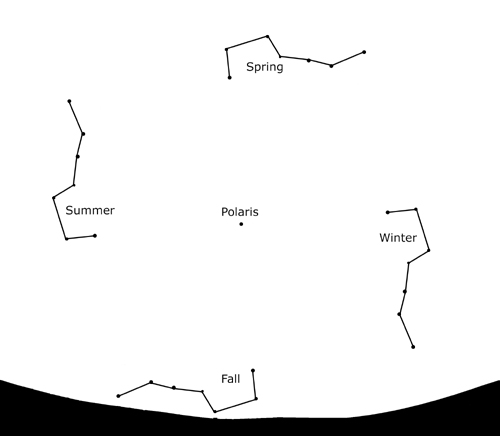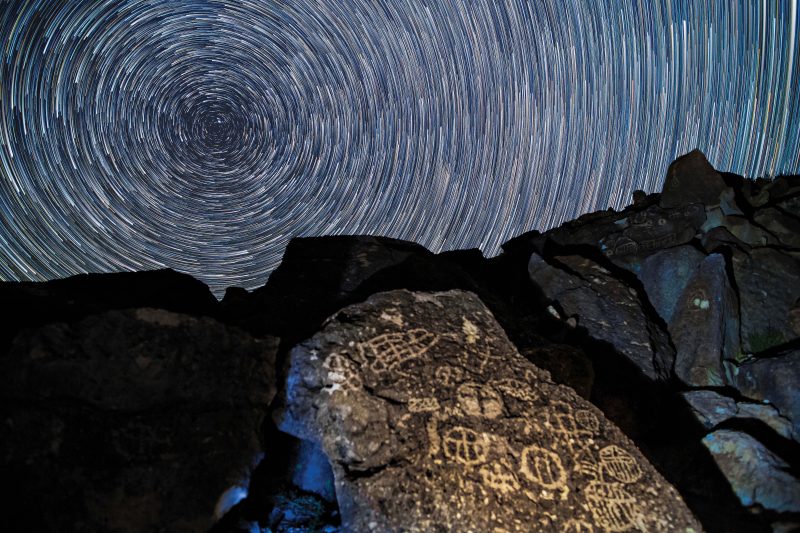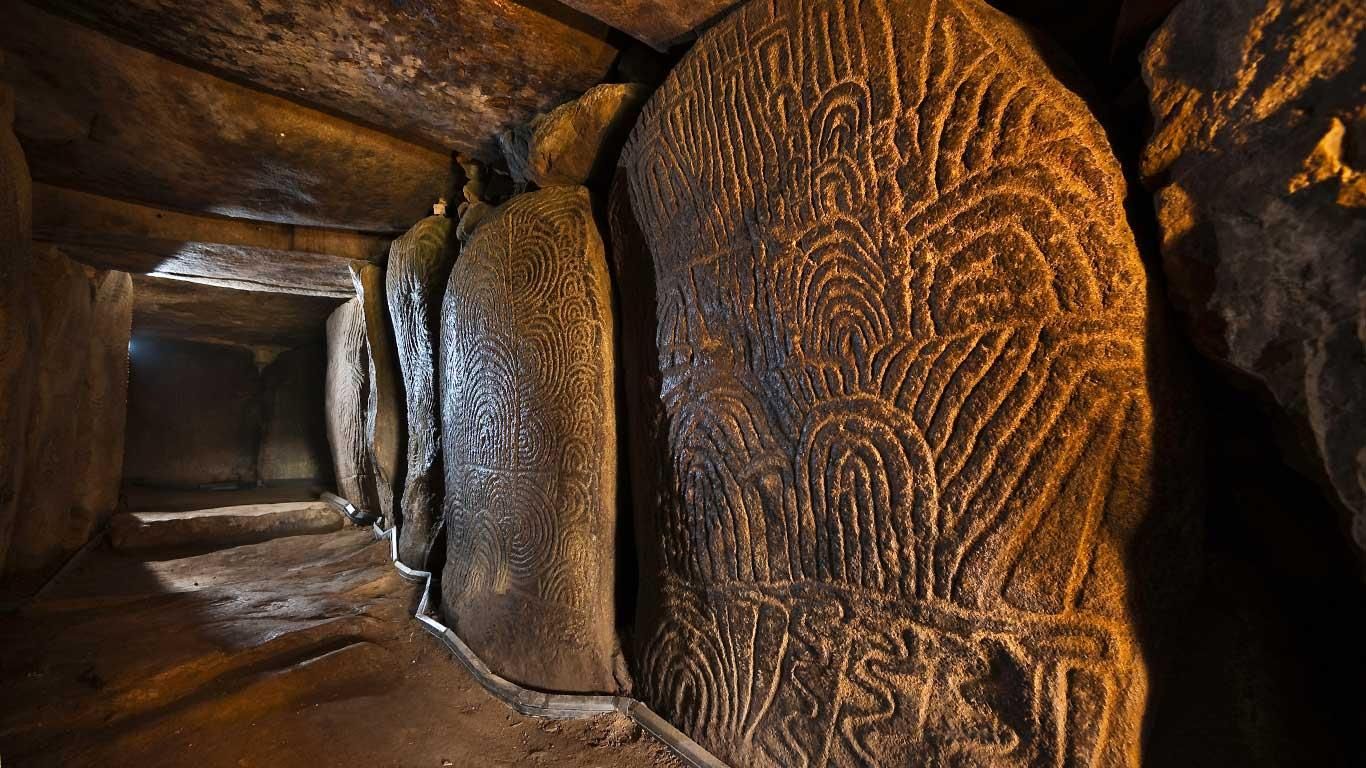Astronomers describe the meeting of planets and other cosmic objects on our sky’s dome as “conjunction”. The term “great conjunction” is reserved for close optical alignment of Jupiter and Saturn. Saturn takes roughly 30 years to complete one orbit of the Sun. Jupiter, approximately 12 years. Every twentyish years they meet for a great conjunction. Why? In a nutshell, each year Saturn completes 12 degrees of orbit, Jupiter 30 orbital degrees. As such, in one year Jupiter closes the gap between itself and Saturn by 18 degrees. (30-12=18). Therefore, over 20 years Jupiter gains 360 degrees on Saturn ( 18×20=360 ). When Jupiter laps Saturn a great conjunction is born.
On December 21, 2020, winter solstice arrives with the closest great conjunction since 1226, a mere 0.1 degrees separates Saturn and Jupiter. Degree of separation so rare that in a thousand years between 1600 and 2599, only six great conjunctions have separation of less than 0.2 degrees. The last in 1683, next on March 15, 2080.

Saturn and Jupiter Great Conjunction 2020 (timeanddate.com)
Next week’s great conjunction is exceedingly rare. Saturn and Jupiter appearing so close to the eye, they meld into a single bright object. So bright it’s being called the Christmas Star or Star of Bethlehem. Biblical mythology aside, this once in a lifetime spectacle is worth a gander. Weather permitting, if clouds cooperate, look low to the southwestern horizon on December 21st 30 minutes to an hour after sunset. The great conjunction deserves an audience.
